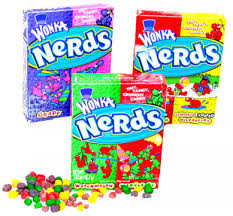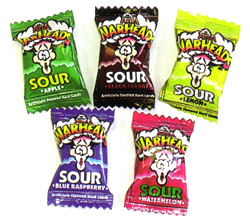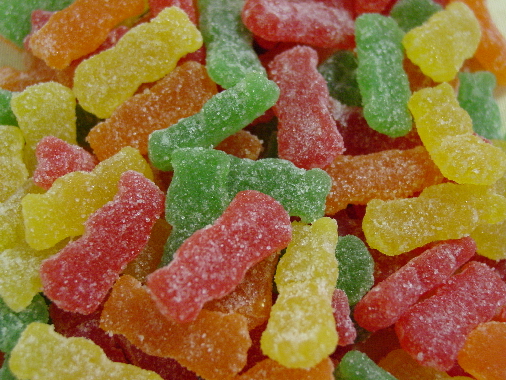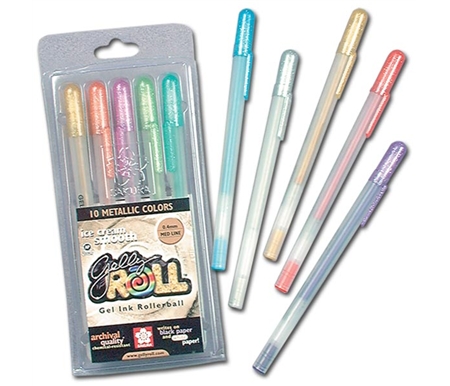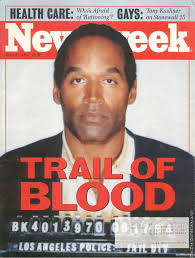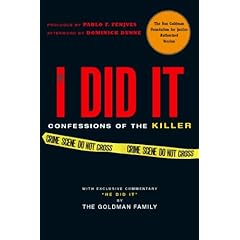 If you were ever seeking the culprit for racial profiling, you might want to take a look back into one of our favorite childhood board games. When skin color is one of the major defining characteristics standing between guessing the winning character and admitting Guess Who? defeat, it was a key tactic in the art of deductive reasoning. That said, if you happened to have one of the racial minority characters as your card, you were often out of luck--your partner asks, “Is your person white?” You say no, and they’re down to a quarter of the options. Right or wrong, this type of profiling clearly offered its own rewards.
If you were ever seeking the culprit for racial profiling, you might want to take a look back into one of our favorite childhood board games. When skin color is one of the major defining characteristics standing between guessing the winning character and admitting Guess Who? defeat, it was a key tactic in the art of deductive reasoning. That said, if you happened to have one of the racial minority characters as your card, you were often out of luck--your partner asks, “Is your person white?” You say no, and they’re down to a quarter of the options. Right or wrong, this type of profiling clearly offered its own rewards.For those of us who were highly experienced Guess Whoers, we knew all the basic profiling strategies. Gender was another popular choice, as the game contains a highly skewed ratio of men to women. As if women didn’t have enough to worry about, they now faced undue discimination and minority status on the Guess Who? board. And if it was a woman unlucky enough to be wearing a hat, forget it--you’d be figured out in 10 seconds flat. Game over.

Residual wide-ranging social implications aside, Guess Who? was beloved by children of the 90s for its simplicity. In contrast to its hard-to-assemble board game counterparts like Mousetrap and 13 Dead End Drive, Guess Who? was an easy way to engage kids with relatively no set-up. After the initial drudgery of clicking all of the flippable cards into place, you simply turned them up, grabbed a card, and began the game.
On the negative side, however, those 90s ads could be a bit misleading. So misleading, in fact, that manufacturer Milton Bradley was forced to include a disclaimer to alert gullible children that “Game cards do not actually talk.” Apparently children were so delighted by the sight of cards conversing with one another that the inanimate cards seemed pretty boring in comparison. What good is a game card if it won’t make witty asides to its row-mates?
For those of us who owned the game or had frequent access to it, the images of characters like David and Bernard are forever ingrained in our brains. So much so, in fact, that I’ve occasionally met people to whom my initial reaction is, “Wow, you look a lot like (insert cartoon Guess Who? character here).” This exchange is not only awkward but sometimes also leads to the person leaping to the immediate defense of their prized moustache, goatee, or bowler hat. Whatever the resemblance, it usually isn’t especially flattering: Guess Who? characters are not especially known for their good looks.
As far as the actual game, Guess Who? is arguably somewhat educational in value. It teaches logic, deductive reasoning skills, visual clues, grouping, and how not to ask stupid questions. That last skill certainly comes in handy, though Guess Who? only managed to develop it with yes-and-no response questions. For those of us prone to open-ended inquiries, we’re on our own. Unless we need to know whether someone is bald or wears glasses, it’s going to be tough.
Guess Who? was a fleeting diversion in that kids could only play it for so long. Children tend to be pretty sore losers, so among younger players temper tantrums were inevitably thrown over losses. Outcry over alleged unfairness usually broke out after a good-sported round or two, but it was usually pretty fun while it lasted.
It may have taught us to oversimplify and break people down into groups using visual cues, but we never thought of it that way. We were all just hoping our opponent ended up with one of the few minority women cards to ease some of our questioning pressure. In fact, Most of us still don’t know how to describe someone accurately unless they are wearing a hat or have some defining facial hair-type feature. Thanks a lot, Guess Who. If anyone we know ever shaves or removes their headwear, we're back at square one on recognition.





